On February 2 Professor Peng Chengzhong, deputy director of the Remote Ultrasound Medical Center at Zhejiang Province People's Hospital in Hangzhou, used MGI's ultrasonic robot to evaluate a suspected patient with the novel coronavirus 60 kilometers away in Tongxiang.
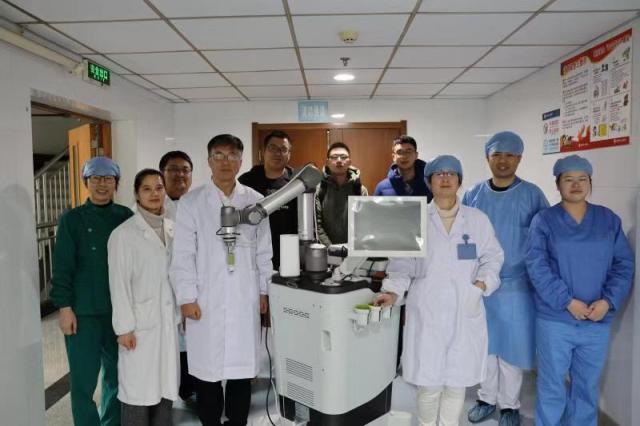
"The pleural line is smooth, the pleural sliding signs are visible, the B line of the lungs is increased,” Dr. Peng said, reading the screen to assess the condition of the patient remotely.
Since the outbreak of new coronavirus (2019-nCoV) pneumonia in Wuhan in December, the epidemic has progressed rapidly, and the number of confirmed cases exceeds 20,000, covering the whole country. Assessing the disease quickly and comprehensively and preventing its spread has become a critical task, which puts more pressure on primary hospitals with insufficient experience.
On February 2, a patient with suspected novel coronavirus- pneumonia admitted to the Tongxiang Division of Zhejiang People's Hospital began experiencing shortness of breath, requiring immediate ultrasound examination. To maximize protection and safety of medical staff, the Department of Infectious Diseases sent a request to the Zhejiang Province People's Hospital in Hangzhou, hoping to examine the patient with a remote ultrasound robot.
After the two hospitals were linked over a 5G connection, Dr. Peng and Dr. Ye Ruizhong established control of the ultrasound test of the patient at the hospital in Tongxiang. With the free and flexible movement of the robotic arm, the ultrasound images were sent back to them in real time. A few minutes later, Dr. Peng made an ultrasound evaluation. Based on this evaluation, the clinician in charge had a clear understanding of the patient's condition and the basis for the next diagnosis and treatment plan.
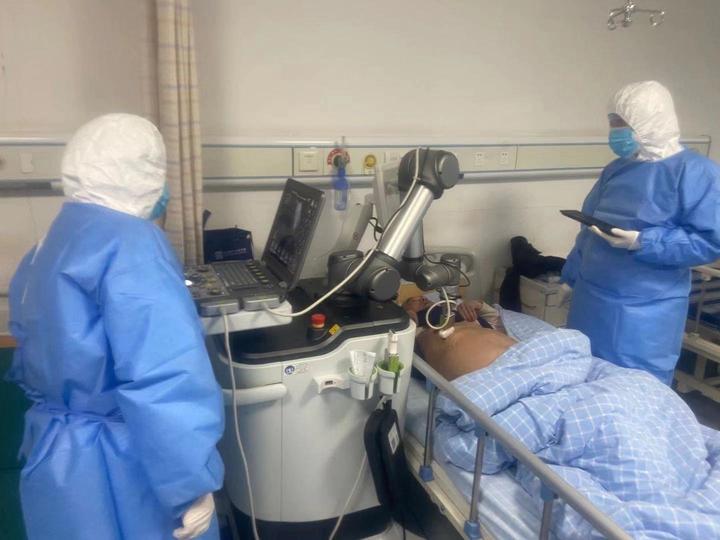
The ultrasonic robot deployed in the People's Hospital of Zhejiang Province is the MGIUS-R3 remote ultrasonic diagnostic system independently developed by MGI Technology Co., Ltd. It integrates robotic technology, real-time remote control and high-resolution ultrasonic imaging. The doctor and patient are connected through a 5G communication network with a stable delay of less than 30ms. During the exam, doctor remotely controls the robotic arm and ultrasound machine for real-time operation and scanning. The images are sent back to the doctor end in real time for diagnosis. The system’s ability to help doctors make quick and accurate diagnoses provides multiple benefits for preventing the risk of infection and spread of the epidemic among medical staff and ensuring the safety of patients.
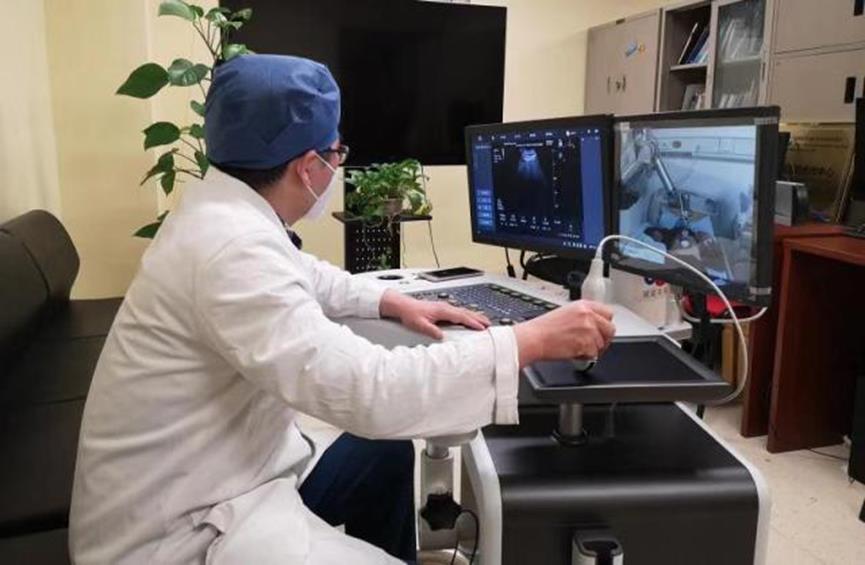
In the face of a severe epidemic, having the ability to dynamically assess conditions, quickly promote high-quality medical resources in central cities to more remote cities, and protect medical staff from infection are all critically important. The application of ultrasound robots can help alleviate labor constraints in evaluating patients with suspected cases of the novel coronavirus, reduce the risk of infection, and help better balance diagnostic resources across regions.
MGI and Zhejiang People's Hospital jointly launched the remote ultrasound examination program in 2019 with clinical research and development, and testing of artificial intelligence. The program is expected to play a major role in addressing outbreaks.



 Sequencer Products: SEQ ALL
Sequencer Products: SEQ ALL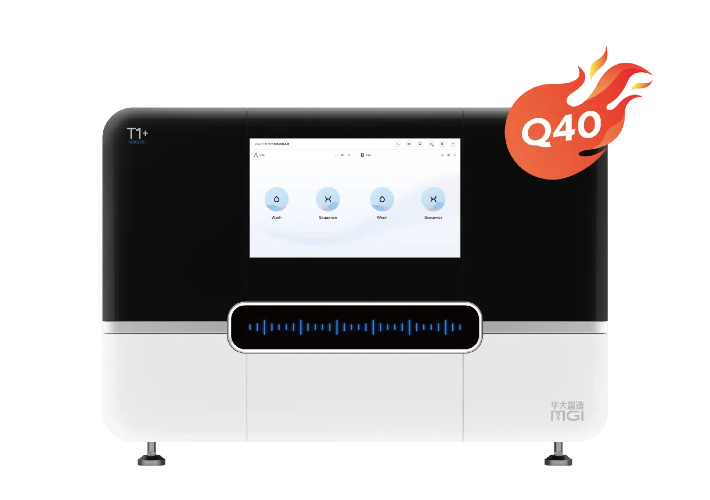

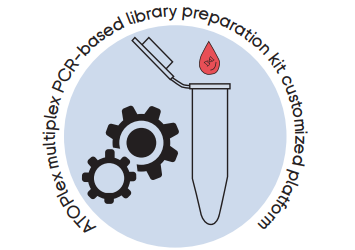
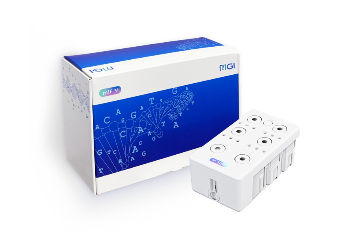
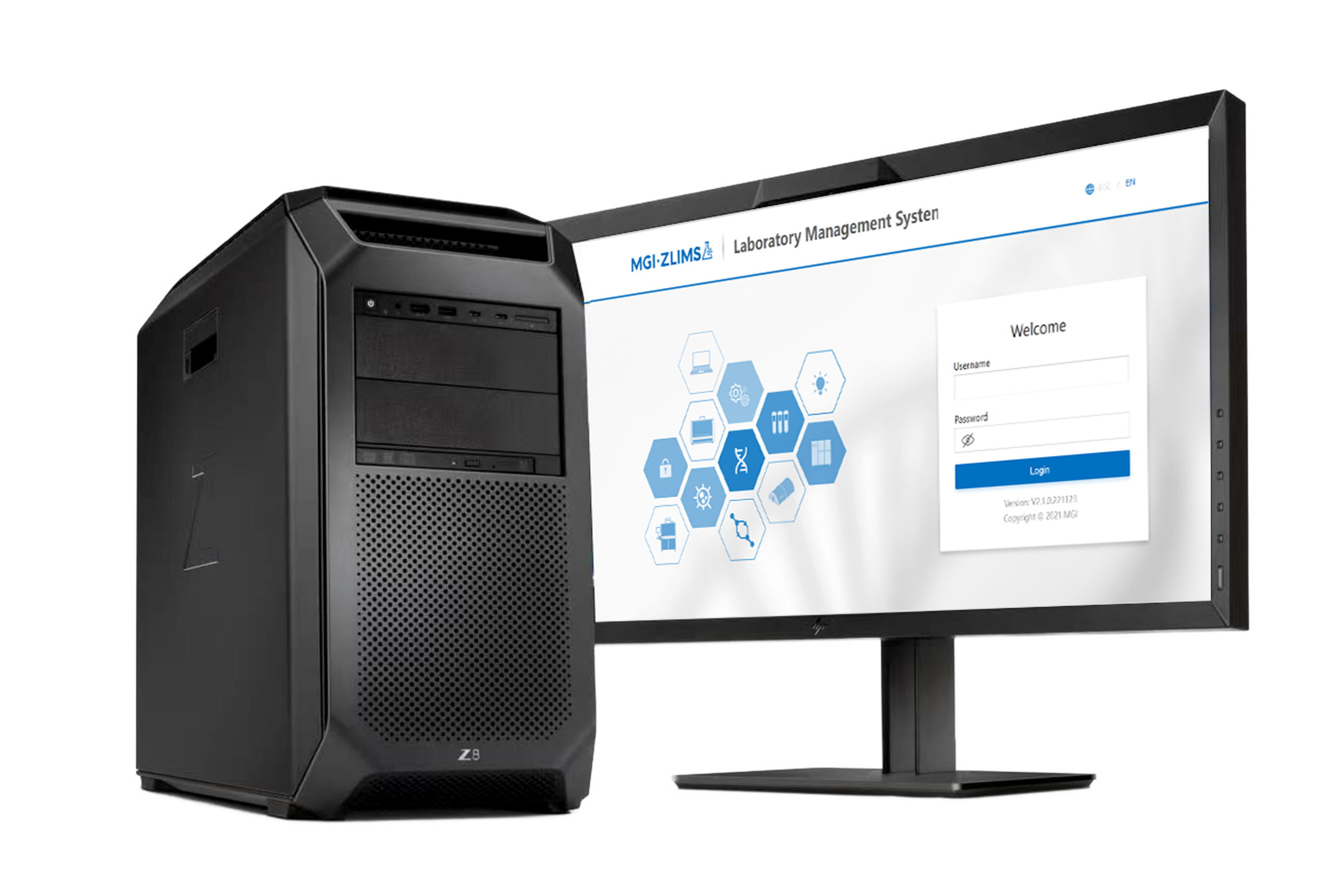
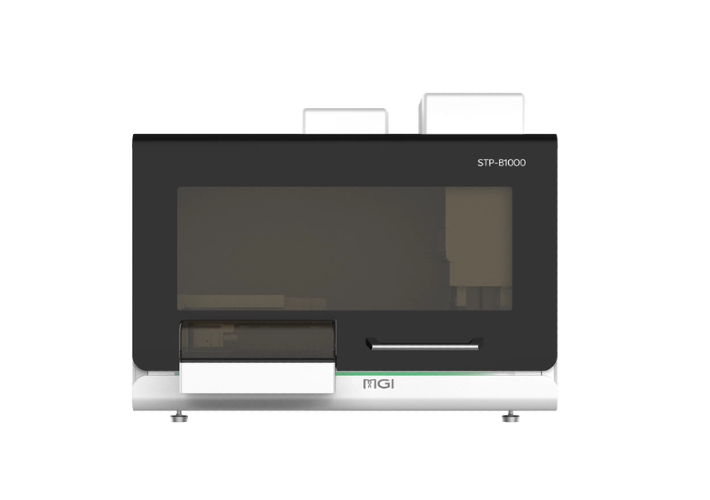
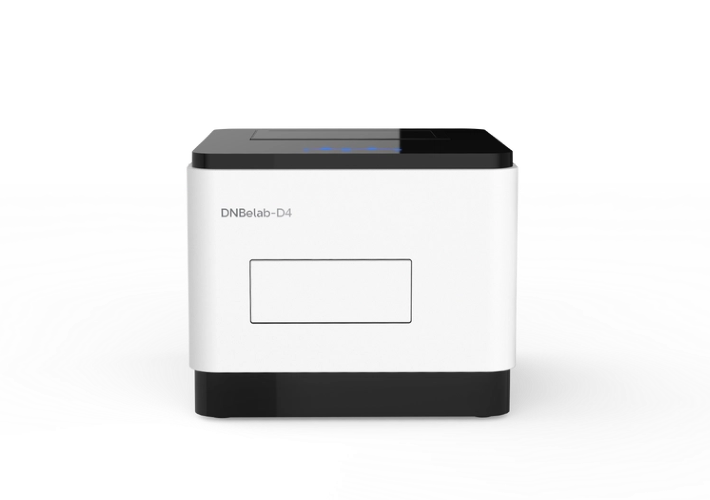
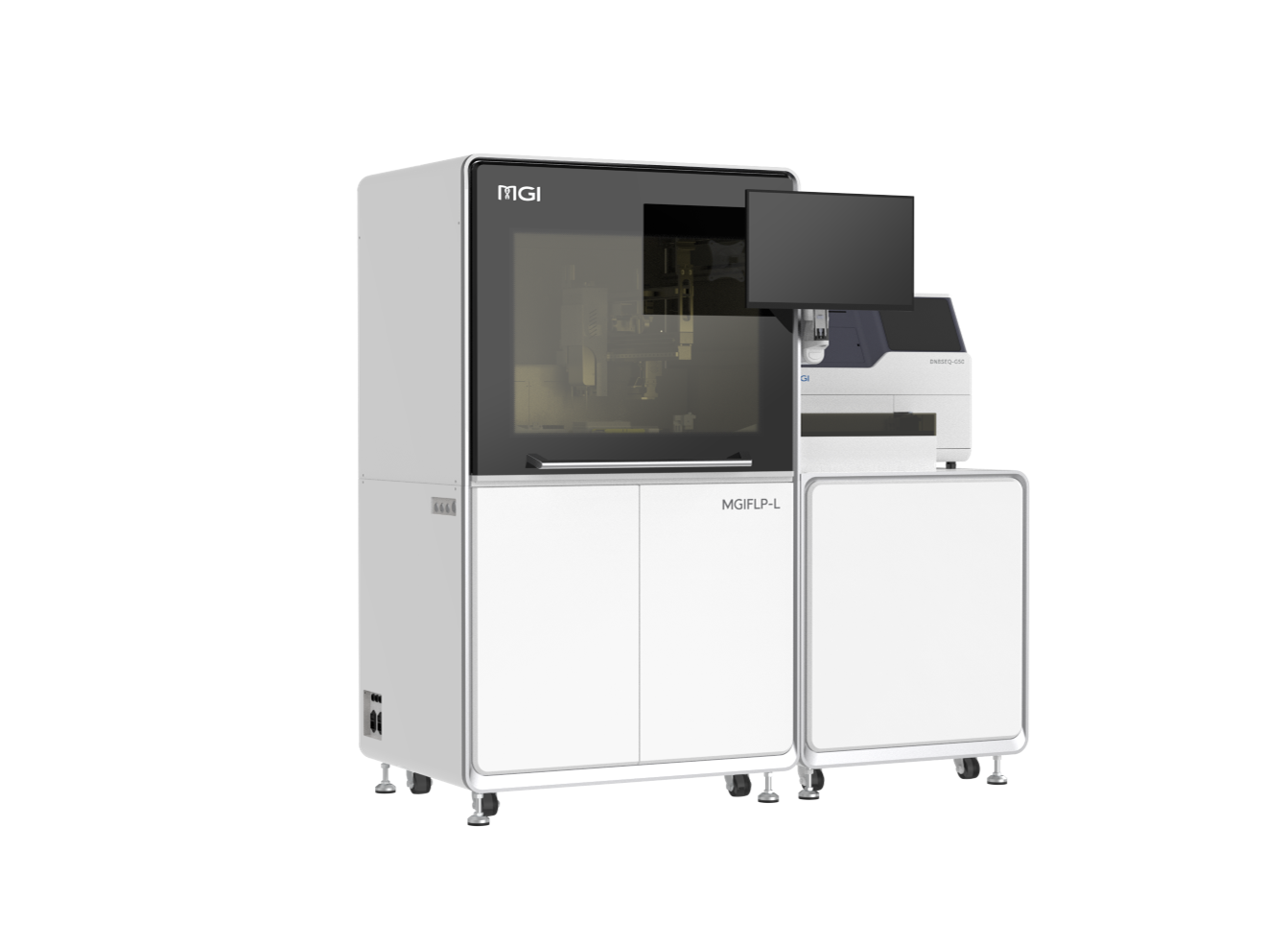
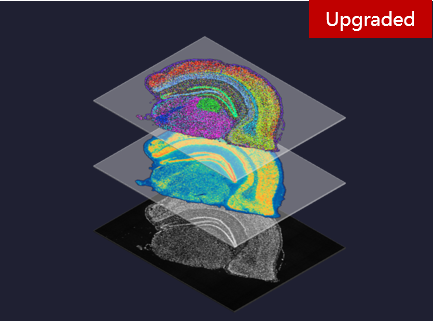

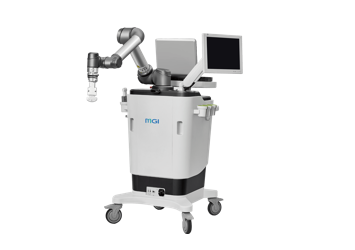
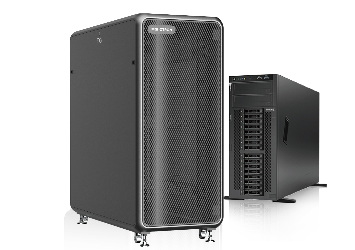
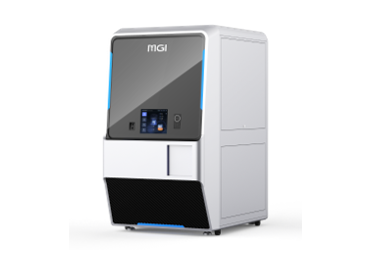

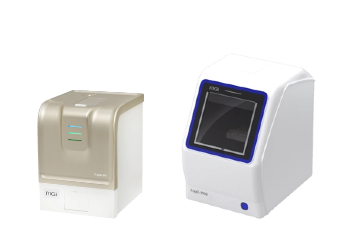

 Technologies
Technologies Applications
Applications Online Resources
Online Resources Data Bulletins
Data Bulletins Service & Support
Service & Support Global Programs
Global Programs Introduction
Introduction Newsroom
Newsroom Doing Business With Us
Doing Business With Us Creative Club
Creative Club













